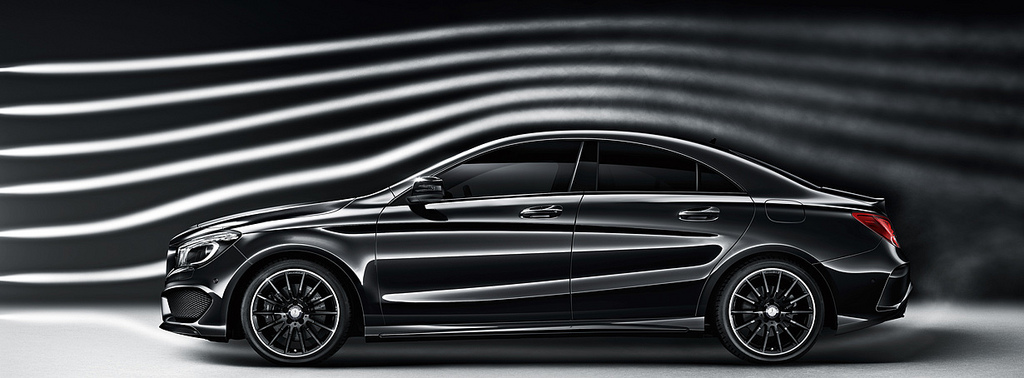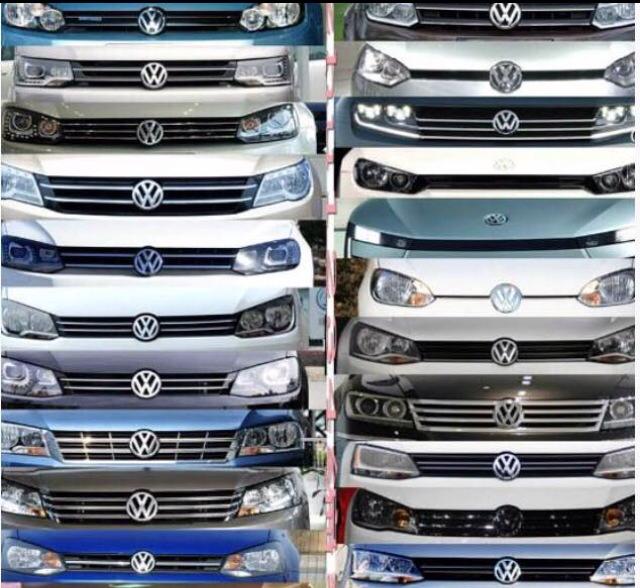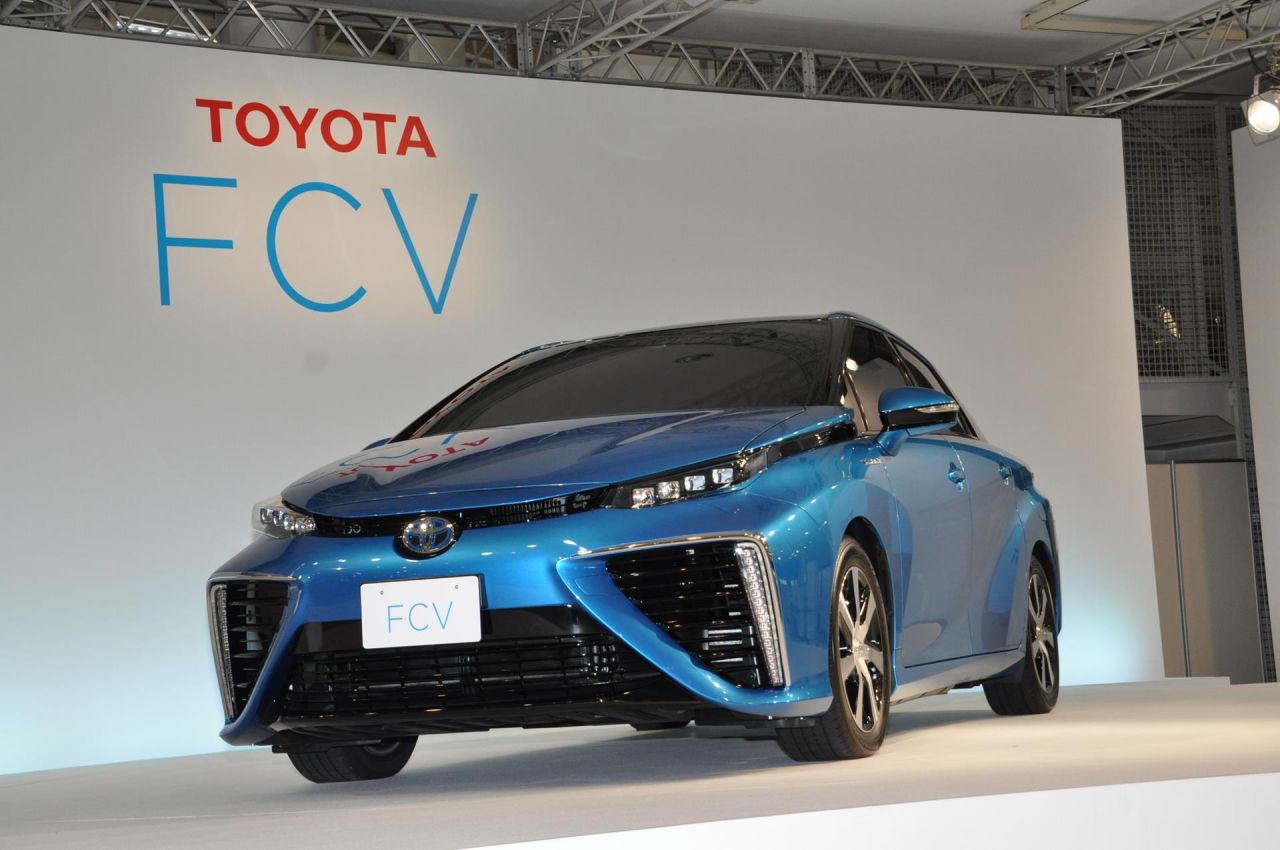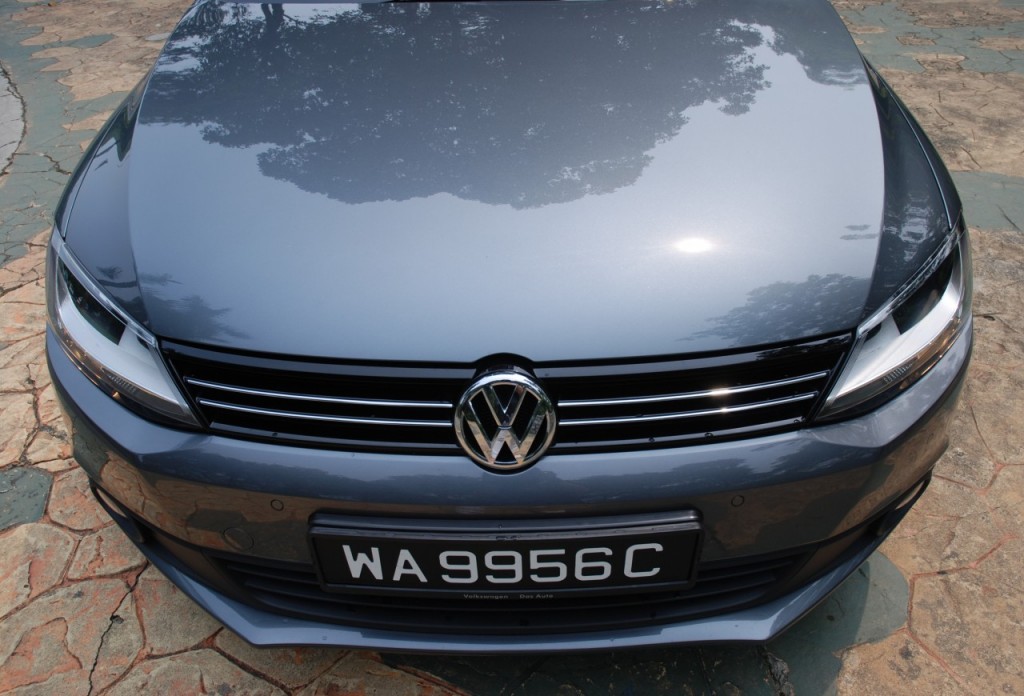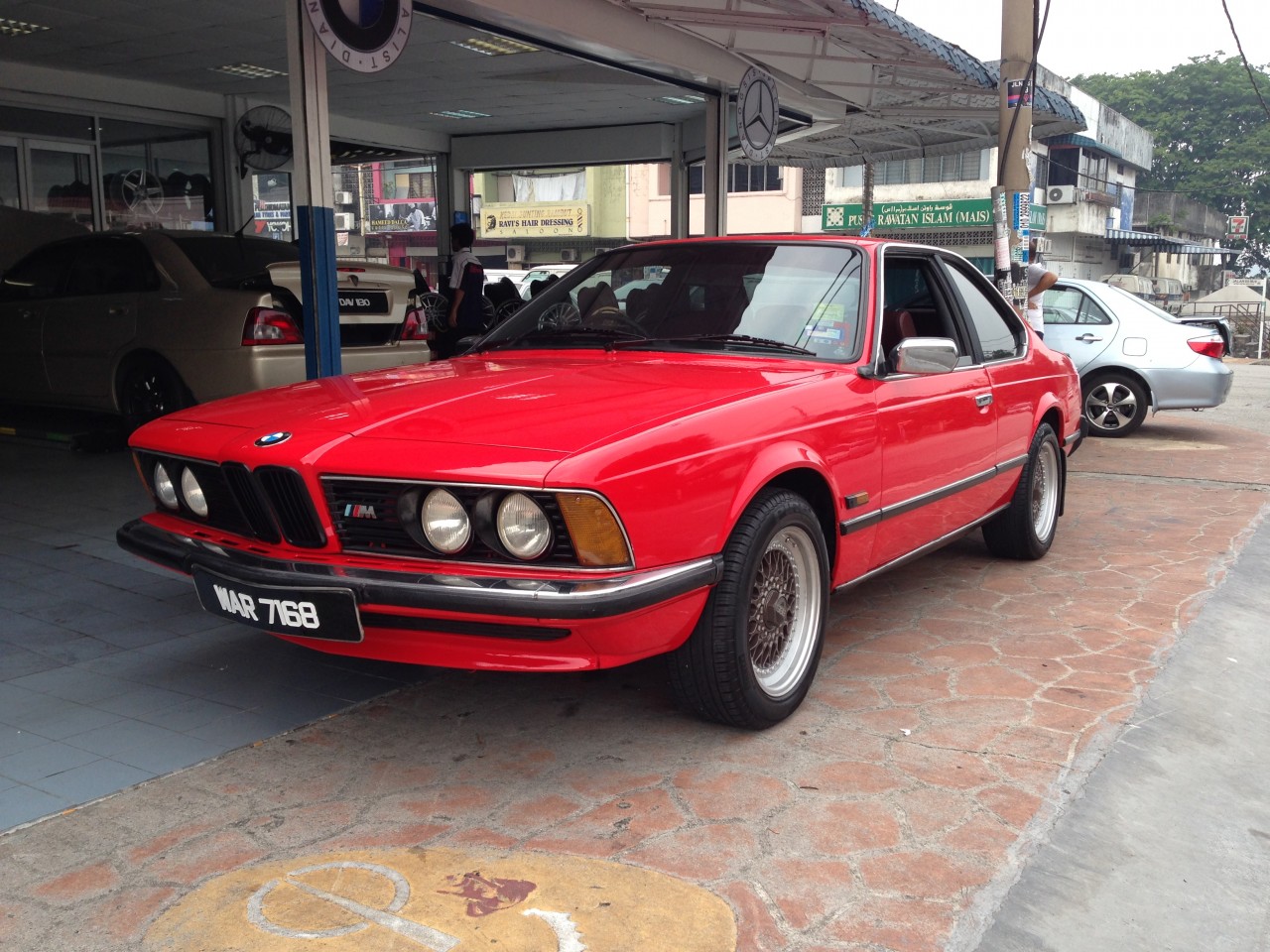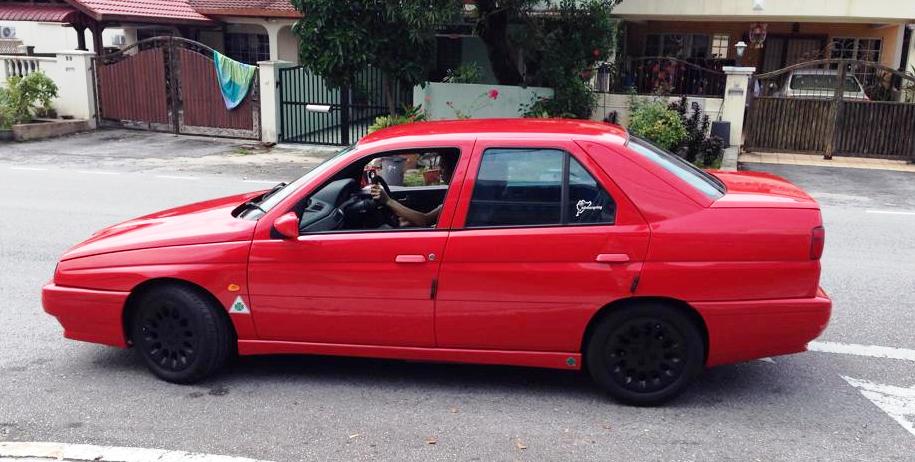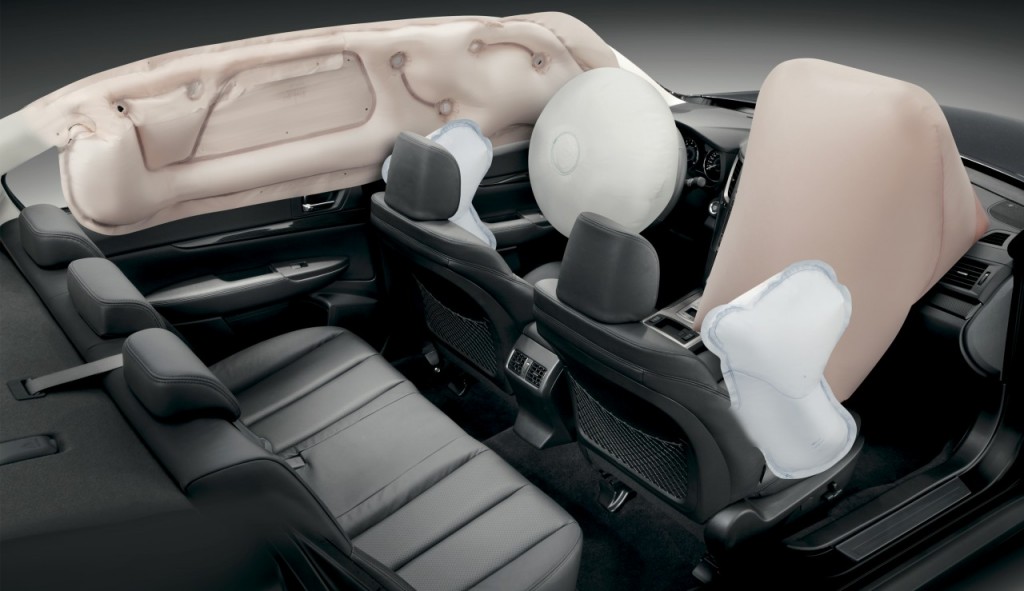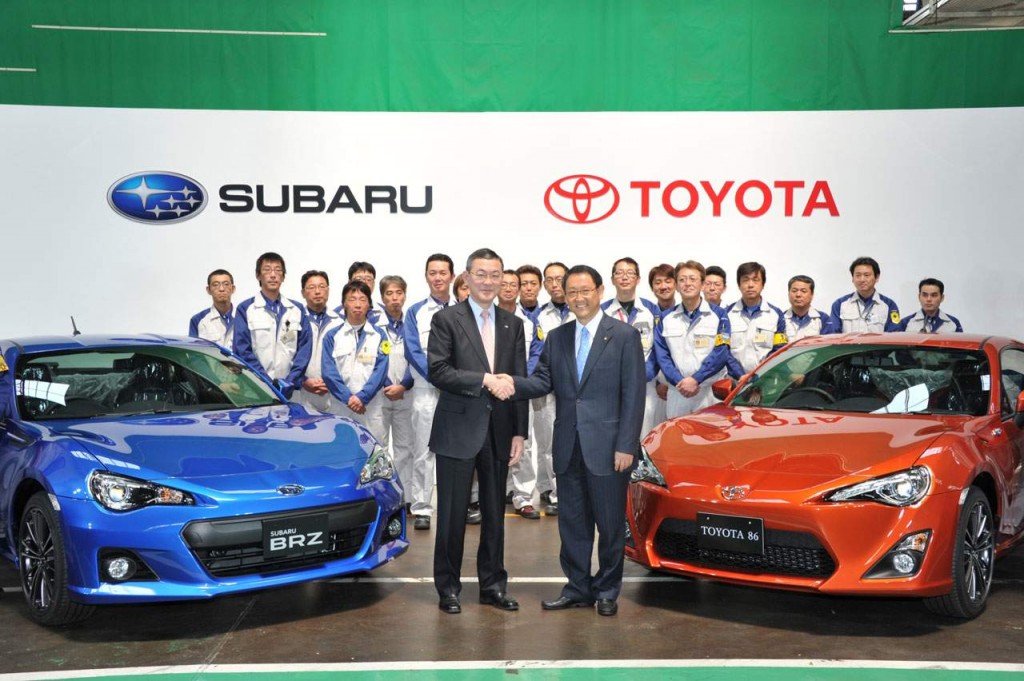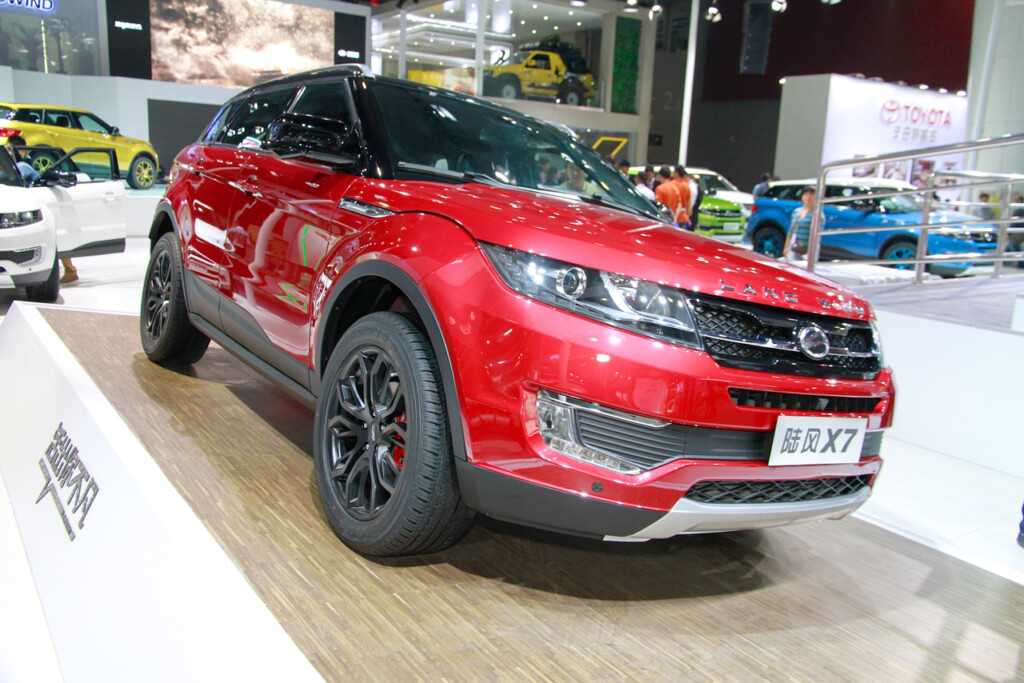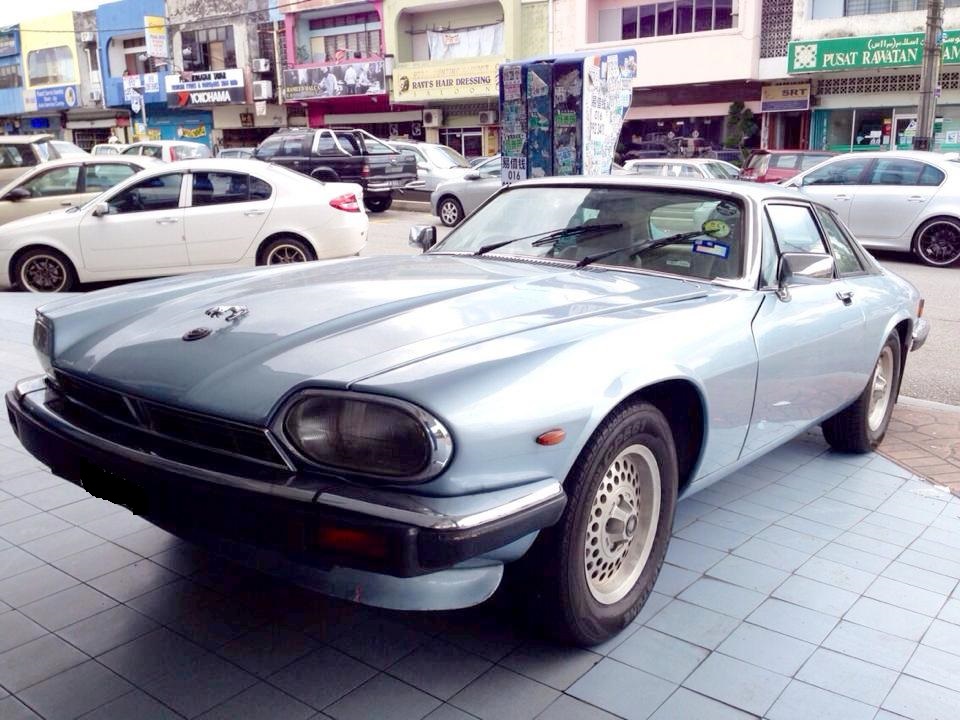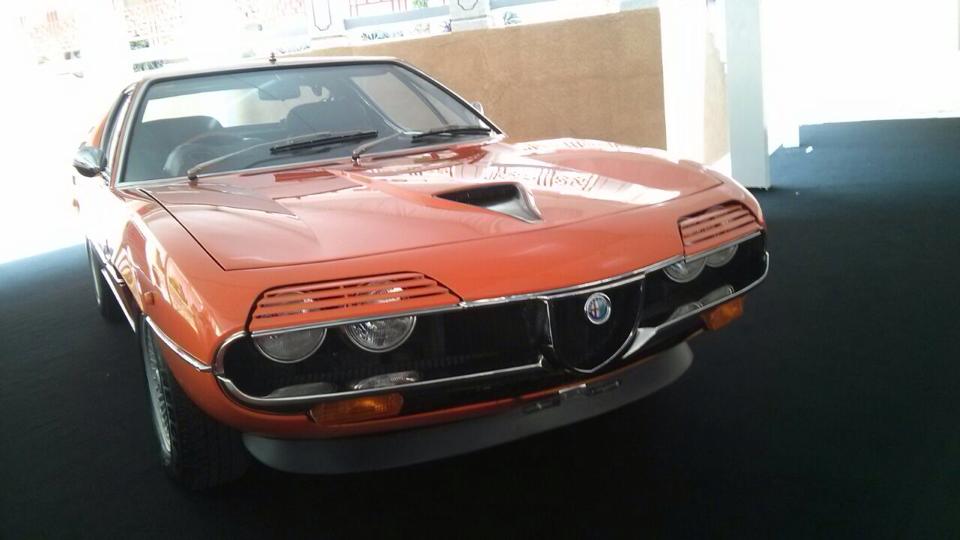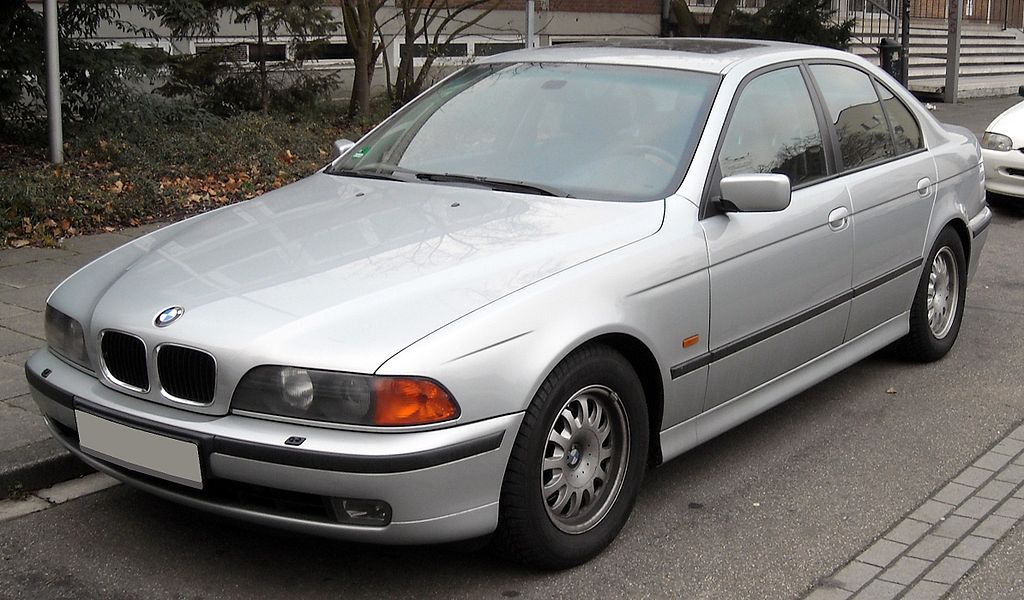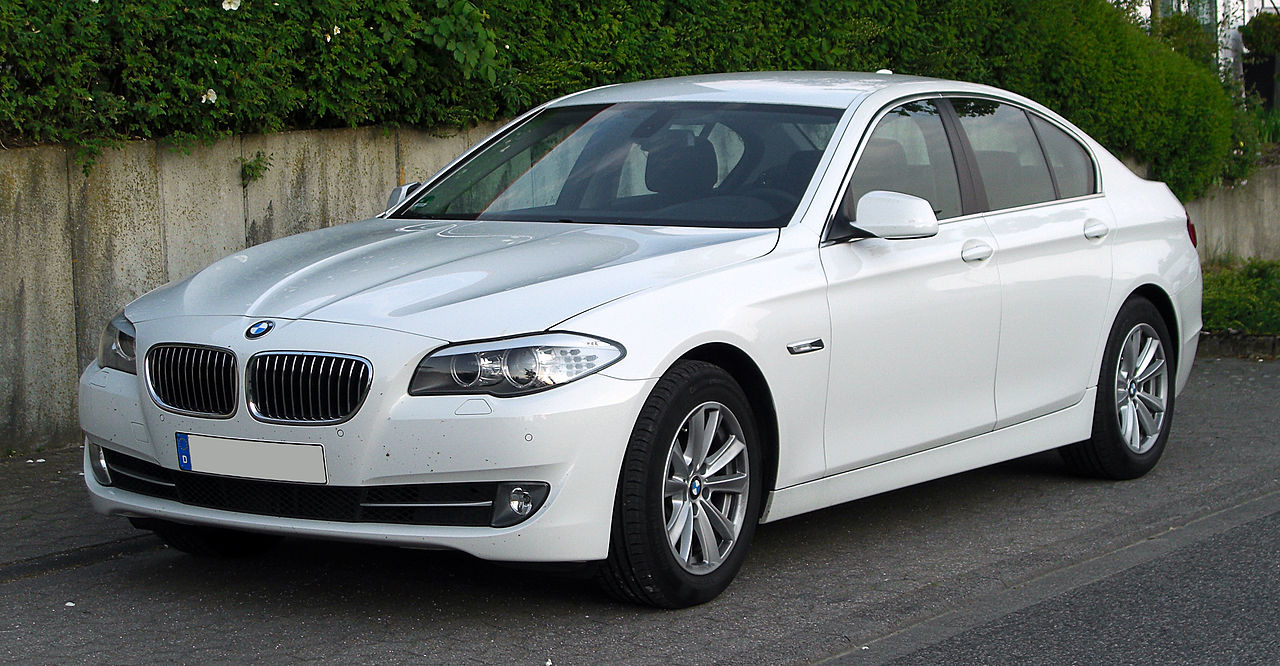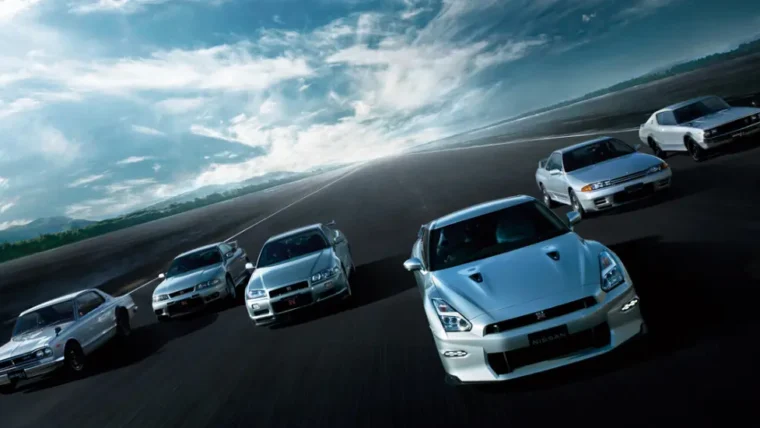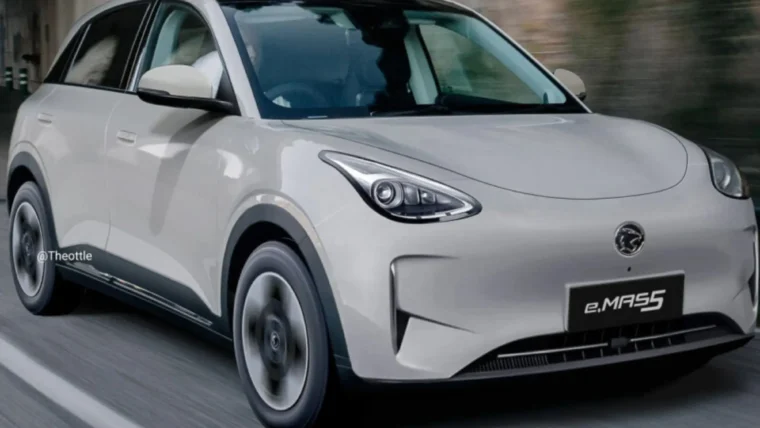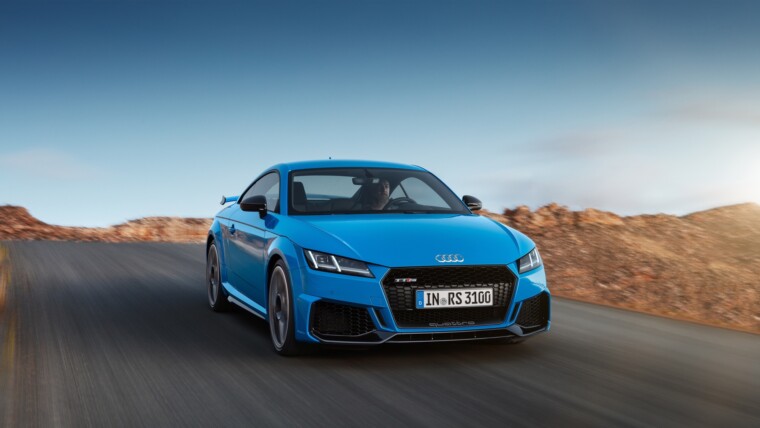Have you ever browsed through the automotive market and noticed that most cars tend to look almost the same? I’m not referring to the models available in the same brand like VW (above), whose signature ‘family face’ is getting a tad tiresome, but you can probably spot a few similarities like wide and flat front-ends, narrow and high windows in most sedans available on the road these days.
There’s actually a good reason why most modern day cars look alike, take Honda, for example, when Honda put its first hybrid engine in a standard Civic, the car barely sold. Why? Because it looked like, well, a regular Civic. It turns out people who buy hybrid cars want to make a “statement” that they are driving a hybrid car. So Honda revived the retired “Insight” name and created a car that looks similar like the world’s best-selling hybrid, the Toyota Prius.
Not surprisingly, the Honda Insight gained much more popularity and sold much better compared to the Civic Hybrid. Toyota on the other hand has gone a bit mental and decided to make the new FCV Mirai ‘other-worldly’ instead (below). I think they’ve gone too far though…
This is just one of the many reasons why many of today’s cars including hybrids and electrics tend to look alike. Below are a few factors that car companies have to take into account when designing a new car.
1. Pedestrian safety
For pedestrian safety reasons, automakers are encouraged to incorporate front-ends that won’t lop a pedestrian off at the knees at the event of a collision. The simplest solution to this problem is to incorporate front end that’s flat and wide. On top of that a higher hood will give a little bit of space under it so that there’s a cushion between the hood and the engine protecting the pedestrian’s head if an accident happens, unlike for example the BMW below from the 70’s. See that pointy front end? Imagine it impacting a human body at even 30kmh. Ouch.
2. Lower drag reduction
Many car companies try to make their designs more aerodynamic because it contributes towards lesser drag, and that equates to better fuel-efficiency. For a vehicle with a large, flat front end, this means raising the boot line even higher to make the car’s overall shape more wedge-like. This is why so many cars now have boot profiles that resemble the back end of Kim Kardashian. But that’s nothing new, carmakers have been making ‘wedges’ since the early 90’s, and nothing personifies the ‘wedge’ design more than the Alfa Romeo 155 (below).
3. Fuel Economy
When you have a car with a wide, low front-end and a wide, high back-end, the body between them will naturally have high doors and short, slit-like windows. Why not raise the roof to make the windows larger? Again, it all boils down to aerodynamics and this contributes toward lesser fuel consumption.
4. Rollover survival
Have you noticed that most modern day cars have thick A, B & C pillars? In the event of a crash, cars with thicker centre pillars survive better in a rollover compared to those with thinner ones, thanks to increased structural rigidity. On top of that, in the thick center pillar there’s normally side airbags fitted to improve crash survival. The downside with thick pillars in a car though, is they tend to create a lot of blind-spots.
5. Joint Ownership
Most of today’s major automaker’s own multiple brands. Volkswagen Group, for instance, has stakes in Audi, Skoda, Porsche and other marques, so these companies often mix-and-match successful design features, which can lead to diversity of style across multiple brands. For example, Subaru and Toyota jointly produced an almost identical looking sports coupe sharing the same powertrain. At first glance, you might have a hard time distinguishing between these two.
Despite the fact that modern day cars tend to look a tad similar, there’s also such a thing as copyright law that protects the original work so other carmakers can’t copy exactly what its rivals produce. We’re guessing that Chinese automaker Land Wind didn’t get the memo because its latest model (picture above) bears more than just a passing resemblance to the Land Rover Evoque, right down to the positioning of the LAND ROV…err, WIND lettering on its hood!
CW says…
Thanks to Alia’s article, I’ve come to realise that maybe that’s the reason why I have such an affinity for old-skool and classic cars, for example the Jaguar XJS (below) that I spotted recently. It’s really a timeless beauty. It’s from the 80’s and yet its design and styling still enthrals till this day. Nothing else quite looks like it. How many modern day cars can we say the same thing about?
I had an interesting discussion the other day about car designs, and it got me thinking about which new cars can even come close to the style and panache of designs from the 80’s and I really had a hard time thinking of even one, that’s stirs the emotions like say an Alfa Romeo Montreal (below). This was spotted at the recent Asia Klasika 2014.
And then as luck would have it, I stumbled on the photo that leads this feature, on the ‘family-face’ of VW. While I can understand the need to have a recognizable ‘look’, do they all really need to look SO similar? It also made me realise why my favourite latter-day VW is the Scirocco; it’s instantly recognisable from the montage below.
You know, in retrospect, I think Chris Bangle got it right when he was at BMW. He penned the E60 (below) during his tenure at the Bavarian automaker.
However, while styling is indeed subjective, many felt E60 (above) was too radical a design departure from its predecessor the E39 (below), with its signature Chris Bangle ‘flame-surfacing’ and hawk-eyes, perhaps it was ahead of its time…
Years on though, insofar as the E60 is concerned, did he really create a car that would transcend generations? I can’t be the only one who thinks the E60 looks better than its successor the F10, can I? And if you look closely at the lines of the F10 (below), it actually looks like a logical transition from the E39 (above). You know what that means right? The E60 should never have existed. But I for one am really glad it does exist.
I have a feeling that 20-years from now, the E60 is still going to make heads turn as it goes by, just like that Jaguar XJS, and even the ‘shark-nose’ E24 BMW 6-Series before that. I can’t bring myself to say the same for the F10 though, but time will tell. – Chris Wee.
Other posts by AF Newsdesk

